
Financial Market (Part 2)
Understand the basics with our interactive market course.
Trading day
A trading day in the financial market is split into global sessions, which follow the opening hours of the world’s major stock exchanges. Each session starts during the daytime in its local time zone.
The market opens with the Pacific session, which is followed by the Asian session. Then the London session begins, and finally, the American session takes over.
During the times when two sessions are open at once, market activity usually increases. This results in higher volatility, meaning prices can change more quickly due to the larger number of traders participating.
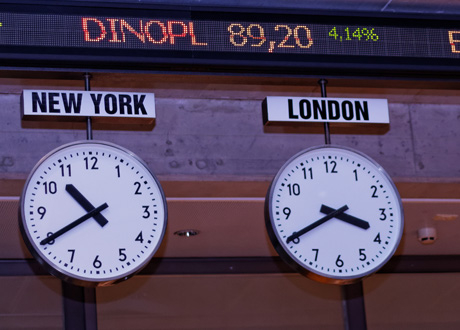
Trading Sessions
At the start of the week, when the Sydney stock exchange opens, it’s early morning in Tokyo, a Sunday night in London, and a Sunday afternoon in New York.
Right after opening, asset prices often respond to news or events that took place over the weekend. Because of this, price behavior can be quite unpredictable during this time.
That’s why it’s usually best to close your positions before the weekend begins. Keeping trades open over the weekend can lead to unexpected losses due to price gaps when the market reopens.
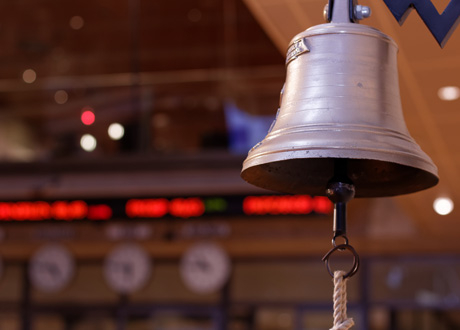
Trading Sessions
The Asian trading session begins with important news releases, mainly from Japan’s Tokyo exchange.
The biggest price movements are often seen in currency pairs like USD/JPY (US dollar and Japanese yen), EUR/JPY (Euro and Japanese yen), and AUD/JPY (Australian dollar and Japanese yen).
Other key markets that operate during the Asian session include the stock exchanges in Sydney, Singapore, and New Zealand.
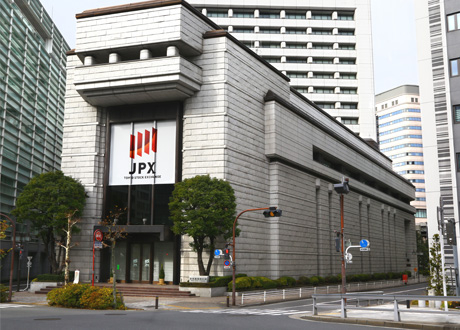
Trading Sessions
The London exchange plays a key role in the European session, bringing higher market activity. This happens because it opens around the time the Japanese market closes and stays open as the U.S. market begins.
Exchanges in cities like Frankfurt and Paris also operate simultaneously with London, which helps lengthen the overall trading hours during the European session.
During this time, important economic reports from the Eurozone, the UK, and Switzerland are released.
These reports often cause noticeable price changes in currency pairs such as EUR/USD (Euro and US dollar), GBP/USD (British pound and US dollar), USD/CHF (US dollar and Swiss franc), EUR/GBP (Euro and British pound), and EUR/CHF (Euro and Swiss franc).
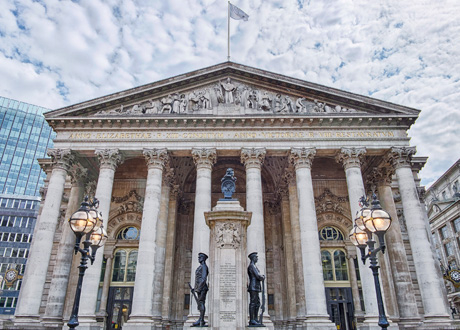
Trading Sessions
The final hours of the London trading session runs alongside The New York session. This time is considered a “peak period” in the market due to high trading activity and sharp price movements in US dollar-related currency pairs.
At this time, traders focus on economic news from the United States and watch the economic calendar closely. Market reactions can be seen in stock prices, oil (Brent/WTI), gold, and the US dollar exchange rates.
Since the Russian session on the Moscow Stock Exchange overlaps with both the London and U.S. sessions, investor attention is often directed toward news that could influence the Russian Rouble (RUB) and its related currency pairs.

Quick recap of key points of this lesson:
- Global trading sessions split the financial market into three main groups: Asian, European, and North American.
- Each session starts at different times based on its local time zone.
- Each new trading week opens first in Sydney, then moves on to Tokyo, London, New York, and various other smaller global exchanges.
- When two key sessions run simultaneously, increased market activity often results in more rapid price fluctuations influenced by news and trader actions.
- Over the weekend, when markets are closed, price gaps can appear due to the lack of trading activity during that time.
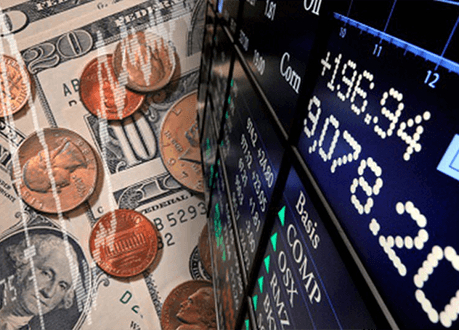
Risk Warning: Before you start trading with leverage, ensure that you understand the associated risks and possess a sufficient level of knowledge
We do not serve customers from the USA and Iran



.svg)